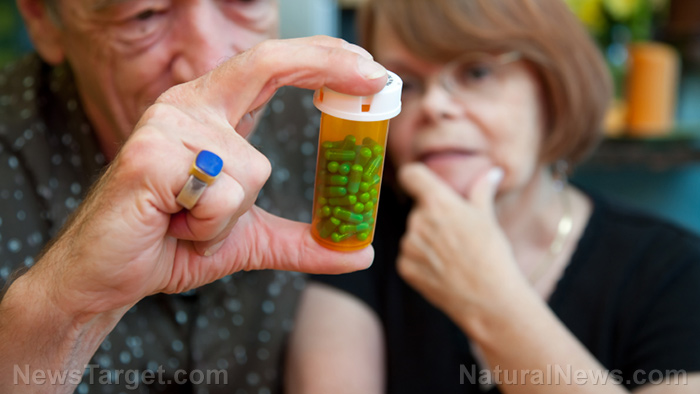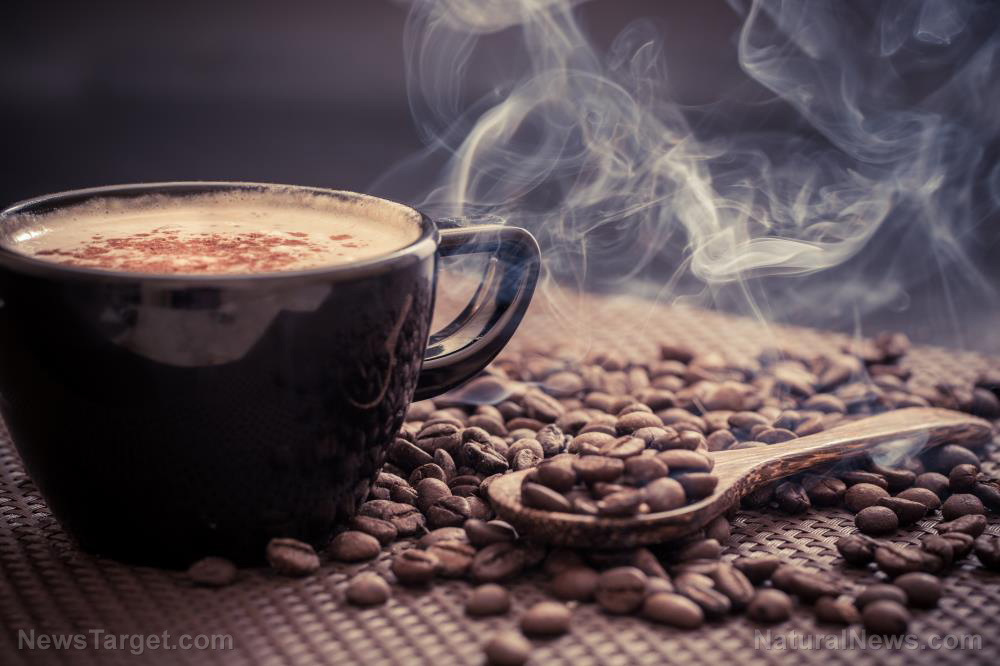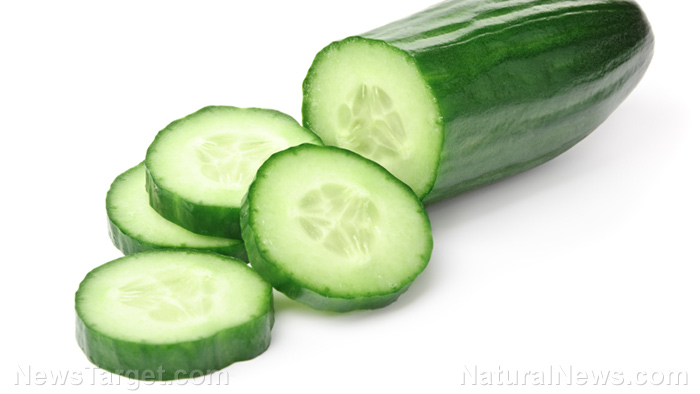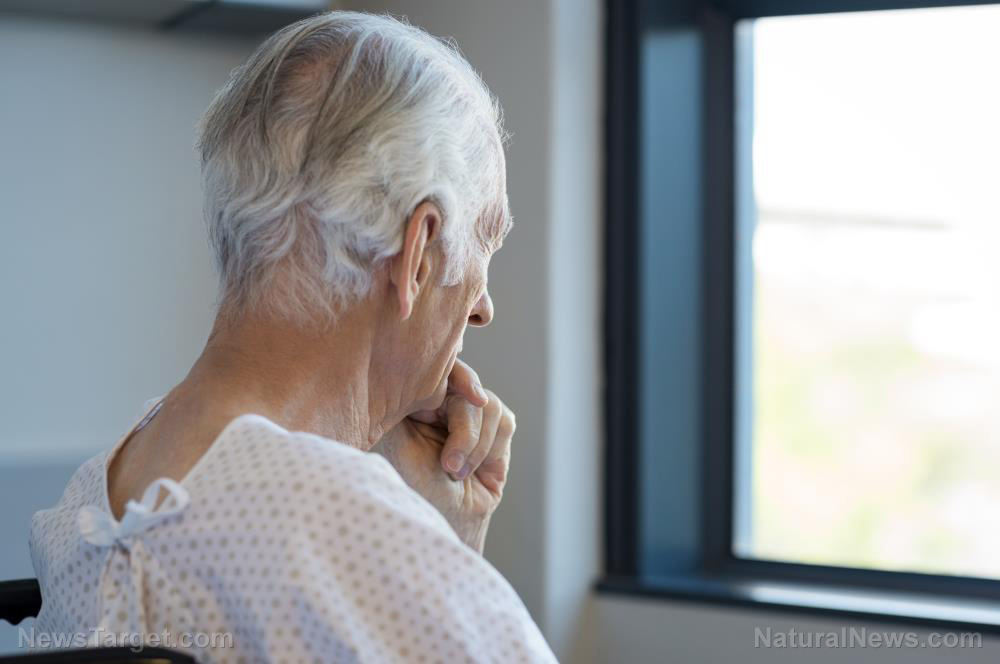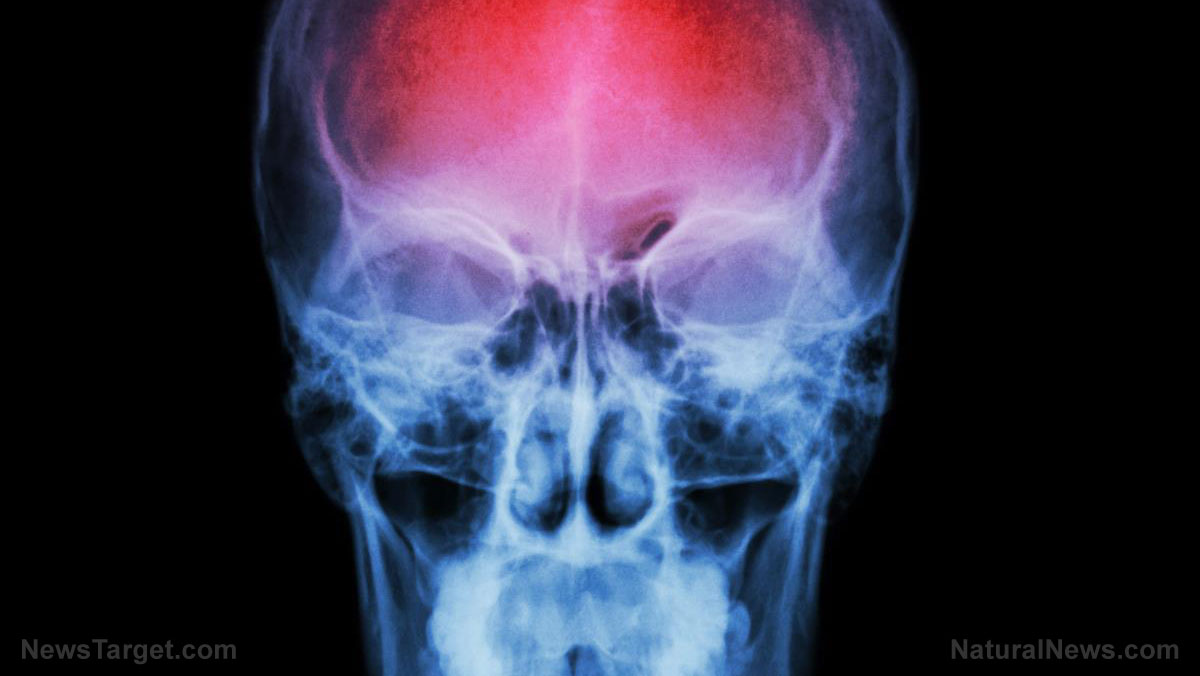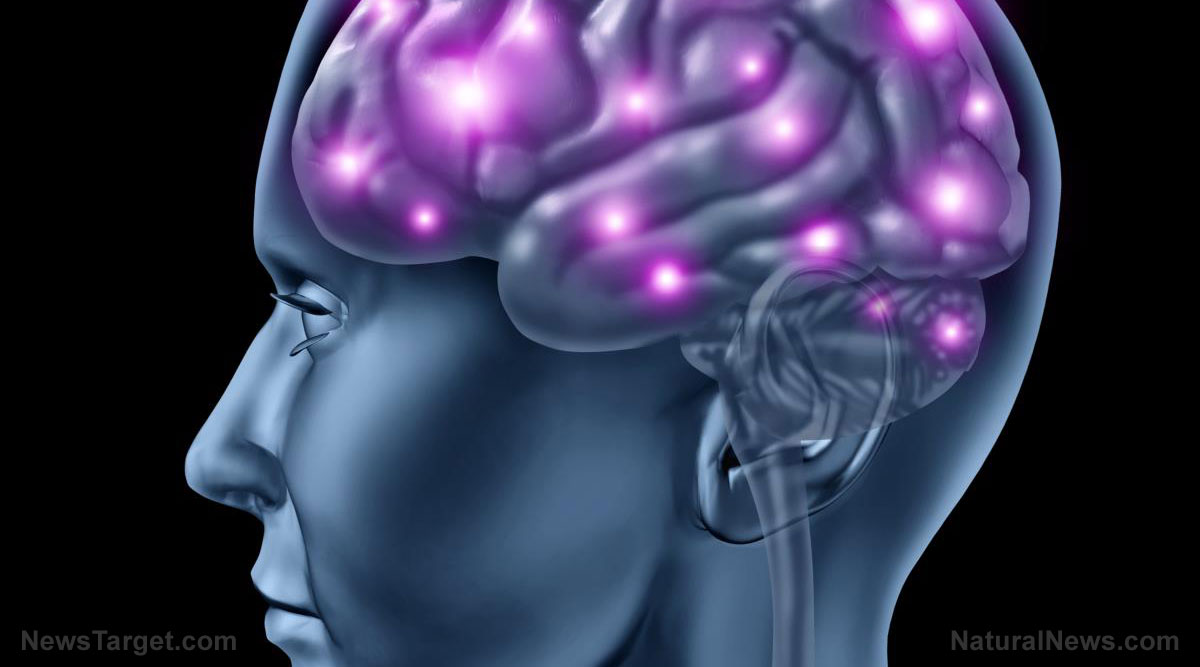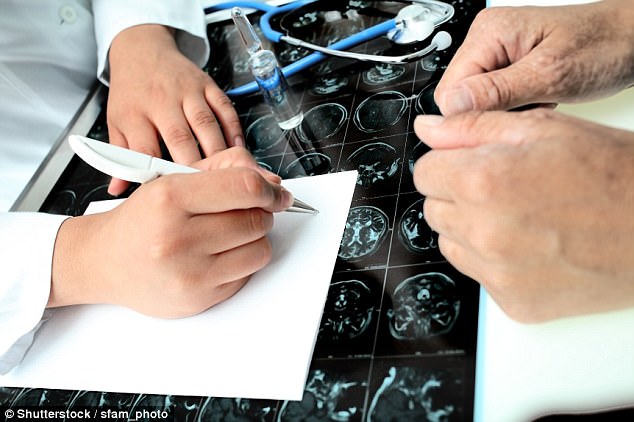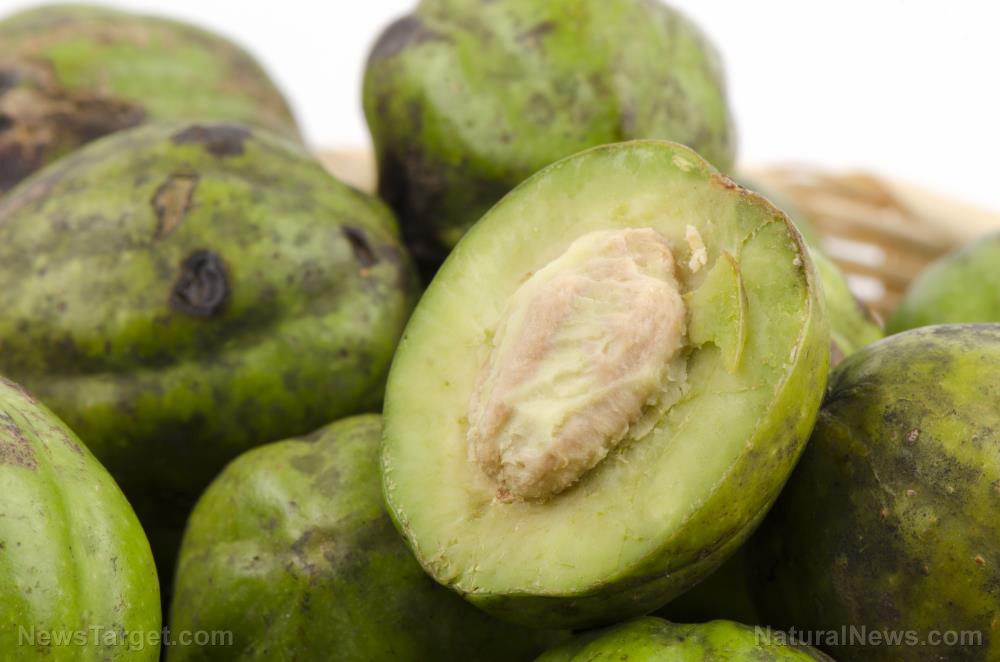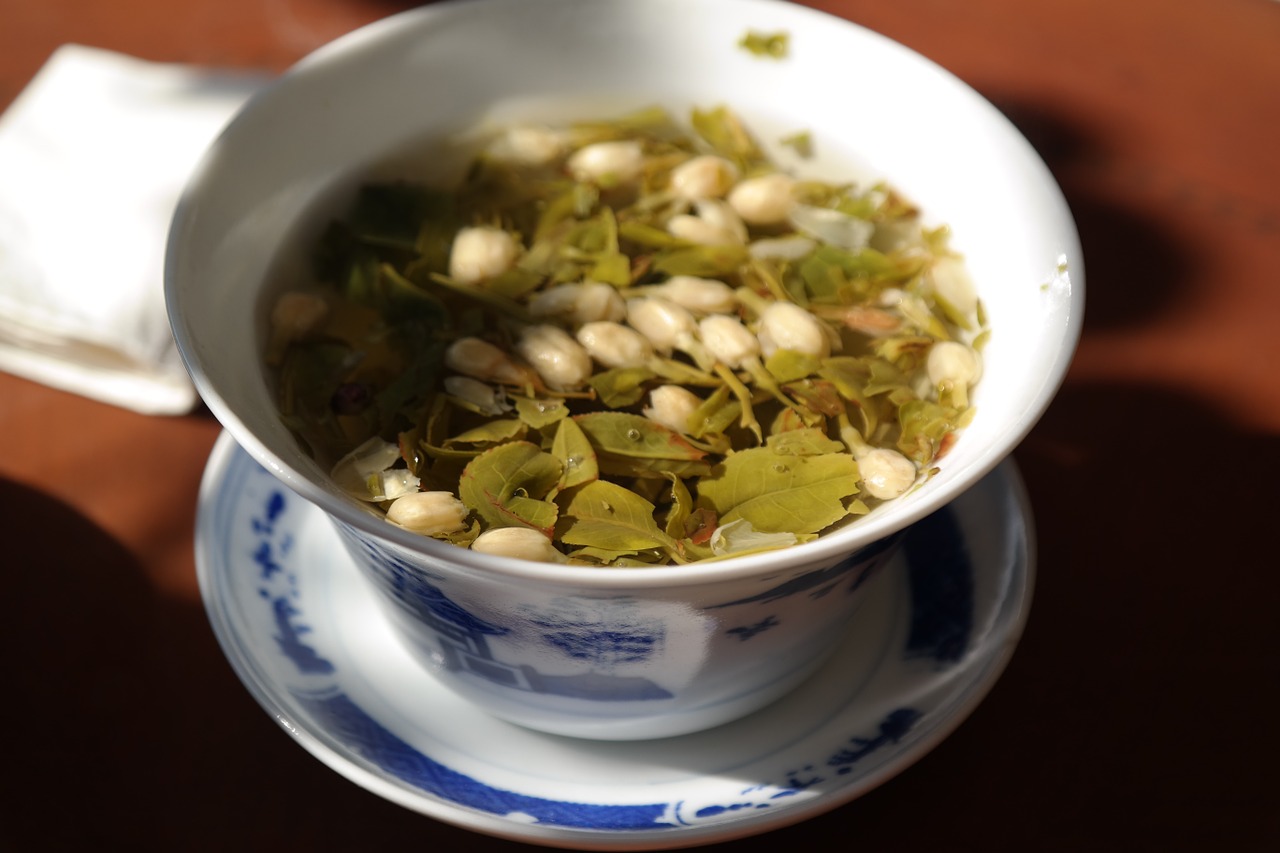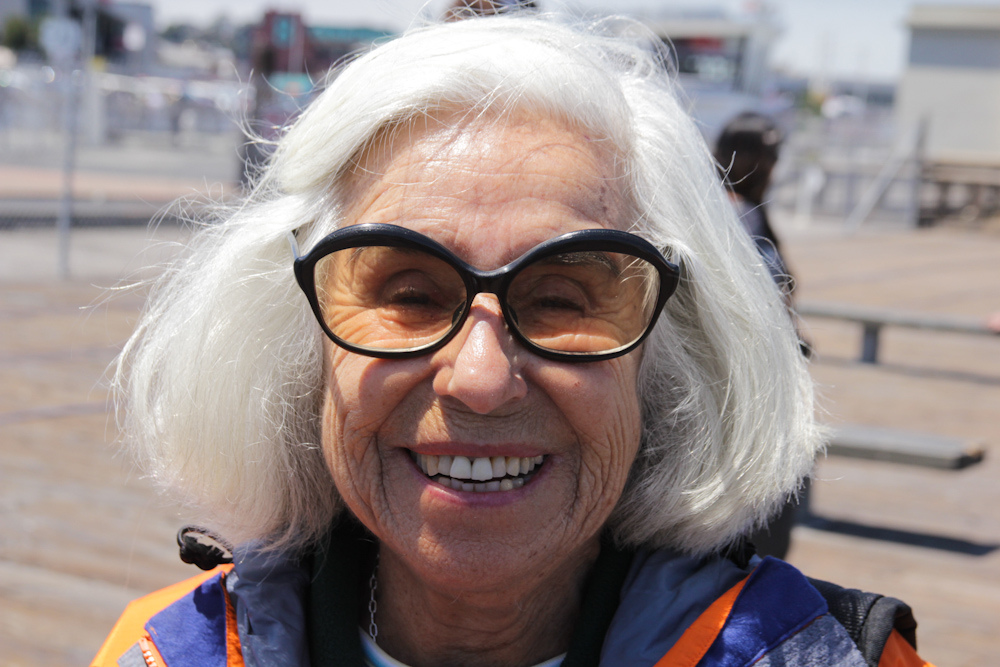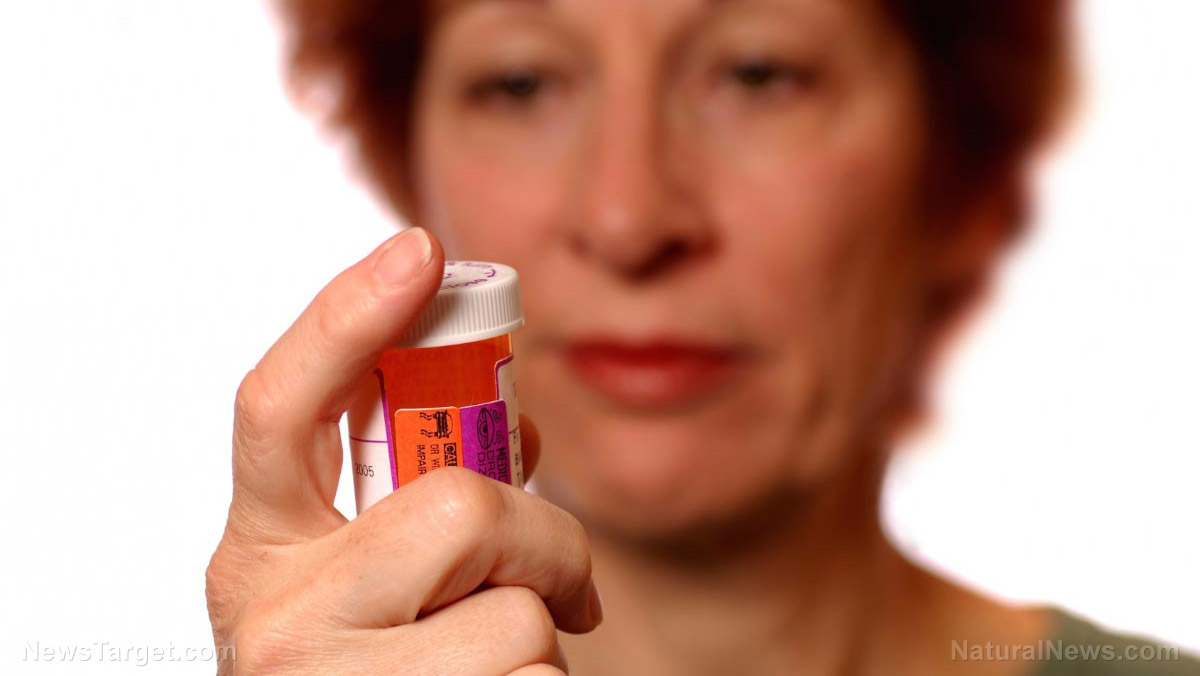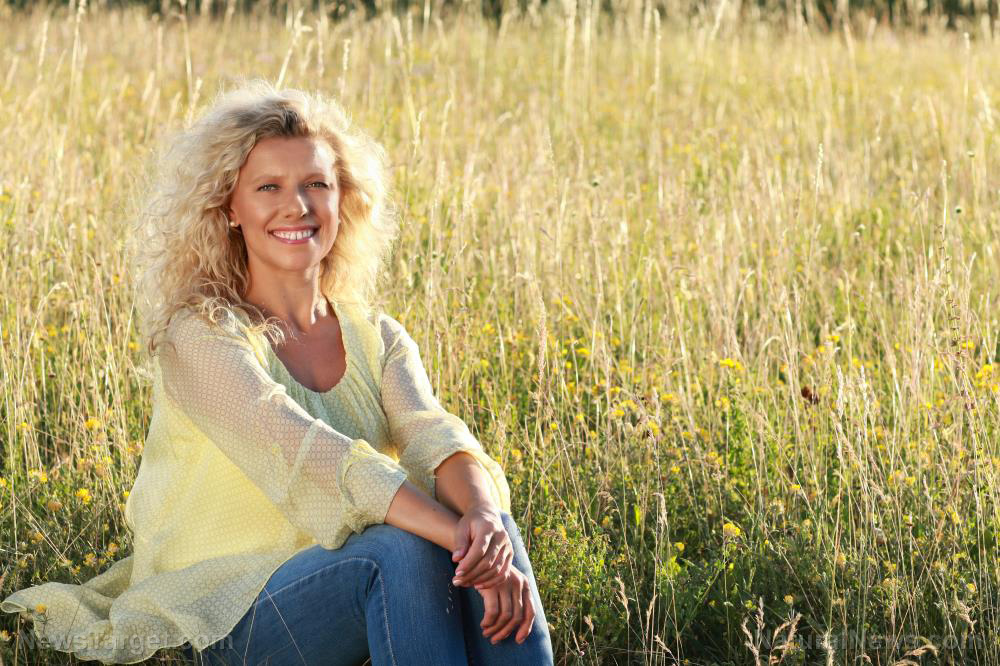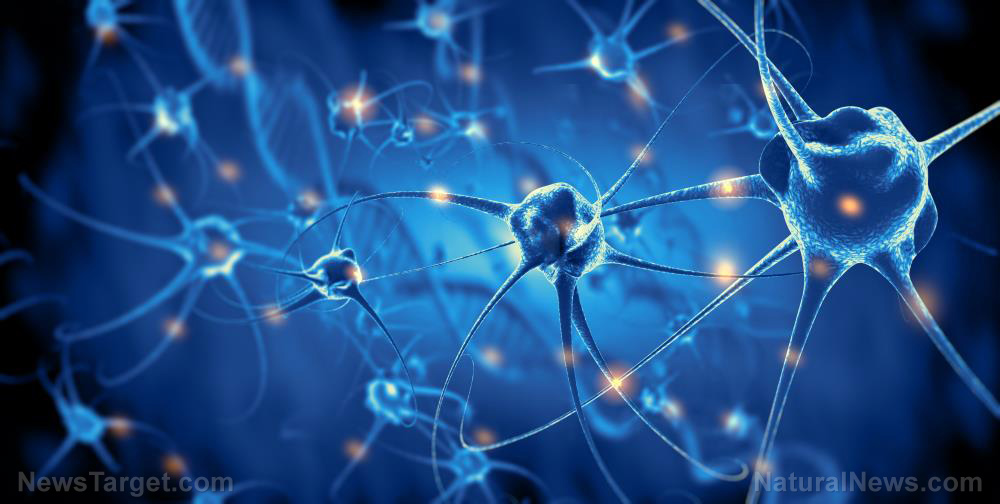The wrong gut bacteria found to cause brain blood vessel LESIONS that lead to strokes and seizures
12/05/2018 / By Russel Davis

A recent study published in Nature revealed that intestinal bacteria may alter the brain’s blood vessel structure, which in turn may play a role in the development of malformations that result in stroke or epilepsy. As part of the research, a team of health experts at the University of Pennsylvania examined the probable causes of cerebral cavernous malformations (CCM) in genetically-engineered mice. CCMs were characterized by clusters of dilated, thin-walled blood vessels that trigger seizures or stroke at the event of blood leakage to the surrounding brain tissue.
The research team found that eliminating certain gut bacteria resulted in fewer brain lesions in the animal models. The researchers tried to come up with reliable models that form CCMs when injected with a drug that induces gene deletion. However, the mouse models showed a significantly reduced CCM frequency when they were transferred to a new facility. Upon investigating the potential cause of such changes, a researcher found that mice models that formed CCMs also developed abscesses in their abdomen, which contained Gram-negative bacteria. The research team also found that when a similar bacterial strain was deliberately injected to the animal models, nearly half developed CCMs.
Gram-negative bacteria were found to produce molecules called lipopolysaccharides (LPS), which in turn facilitates innate immune signalling. Animal models that received LPS injections developed CCMs. However, when an LPS receptor called TLR4 was genetically eliminated, the animal models no longer developed brain lesions.
“Suddenly, our normally reliable mouse model was no longer forming the lesions that we expected. What’s interesting is that this variability in lesion formation is also seen in humans, where patients with the same genetic mutation often have dramatically different disease courses…We knew that lesion formation could be driven by Gram-negative bacteria in the body through LPS [lipopolysaccharide] signaling. Our next question was whether we could prevent lesions by changing the bacteria in the body,” senior author Dr. Mark L. Kahn reported in Science Daily.
“The mice that formed CCMs also had abscesses in their spleens, which meant that the bacteria had entered the bloodstream from the initial abscess site. This suggested a connection between the spread of a specific type of bacteria through the bloodstream and the formation of these blood vascular lesions in the brain,” researcher Alan Tang added.
The study was funded by the National Institutes of Health’s National Institute of Neurological Disorders and Stroke (NINDS).
Potential treatment for the bacteria-induced brain lesion
Following this, the research team assessed the changes in the animal models’ microbiome. According to the experts, mice raised in a germ-free setting had significantly fewer brain lesions. This meant that the quantity and the quality of intestinal bacteria may influence CCM formation. The researchers also found that a drug designed to inhibit TLR4 resulted in a significant decrease in brain lesion production.
“This study is exciting because it shows that changes within the body can affect the progression of a disorder caused by a genetic mutation. These results are especially exciting because they show that we can take findings in the mouse and possibly apply them at the human patient population. The drug used to block TLR4 has already been tested in patients for other conditions, and it may show therapeutic potential in the treatment of CCMs, although considerable research still remains to be done” NINDS program director Jim I. Koenig added.
The research team plans to continue examining the link between the body’s microbiome and brain lesion development. In particular, the experts seek to study how the mechanism relates to human diseases. (Related: Here is how you can naturally heal brain damage.)
Sources include:
Tagged Under: Brain, brain blood vessel lesions, brain damage, brain health, genes, genetics, gut bacteria, microbiome, seizures, strokes, toxins

